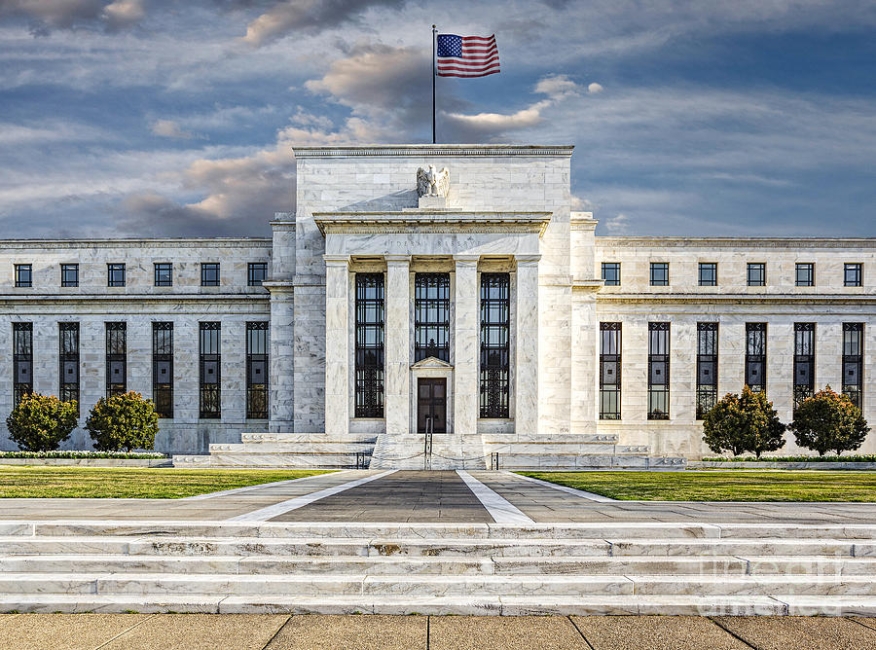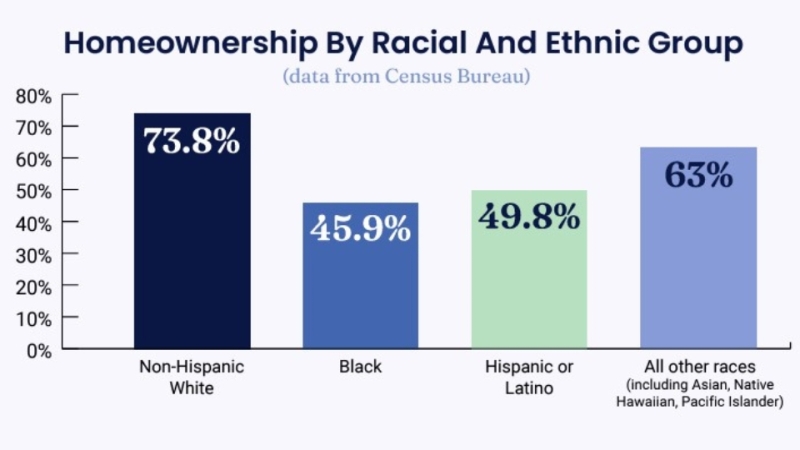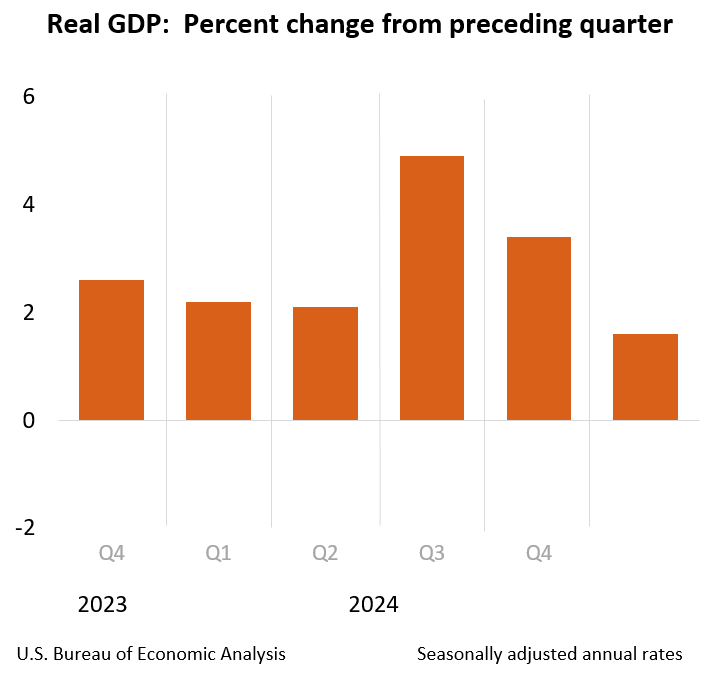Advertisement
Fed Hikes Rates, Looks to Reduce MBS

The Federal Reserve, at the discretion of the Federal Open Market Committee (FOMC), has decided to raise interest rates for the second time in three months, raising the lending rate by a quarter percentage point from one percent to 1.25 percent.
"Following a slowdown in the first quarter, economic growth appears to have rebounded, resulting in a moderate pace of growth so far this year," said Janet Yellen, Chair of the FOMC. "Household spending, which was particularly soft earlier this year, has been supported by solid fundamentals, including ongoing improvement in the job market and relatively high levels of consumer sentiment and wealth. Business investment, which was weak for much of last year, has continued to expand. And exports have shown greater strength this year, in part reflecting a pickup in global growth. Overall, we continue to expect that the economy will expand at a moderate pace over the next few years."
Just last month, the Federal Reserve decided it was not the right time for a rate hike.
The Fed also announced the reduction of $4.5 trillion in Treasury bonds and mortgage-backed securities (MBS). The general notion shared among experts will be that the Fed will stop reinvesting the principal of securities when they mature.
“The Committee currently expects to begin implementing a balance sheet normalization program this year, provided that the economy evolves broadly as anticipated,” said the FOMC. “This program, which would gradually reduce the Federal Reserve's securities holdings by decreasing reinvestment of principal payments from those securities, is described in the accompanying addendum to the Committee's Policy Normalization Principles and Plans.”
The Fed sees the cap for Treasury securities to be $6 billion per month initially, increasing in $6 billion increments at three-month intervals over 12 months until it reaches $30 billion per month. After the FOMC’s announcement, prices on MBS held their earlier gains on Wednesday.
“The latest rate hike is partly justified from ongoing economic expansion and also a steadily falling unemployment rate,” said NAR Chief Economist Lawrence Yun. “However, the Federal Reserve should be mindful of the lower than expected rate of inflation and the consequent low interest rates on long-dated bonds, like 10-year Treasury and 30-year mortgage rates. An inversion in interest rates of short-term fed funds being higher than long-term bond yields can easily pull down the economy into a recession. We are getting closer to that inversion point.”
The FOMC also forecast that the U.S. economy would grow 2.2 percent in 2017, a rise from initial projections from back in March.
“Since the Fed's move was expected, fixed mortgage rates already reflect the higher fed funds rate. Origination volumes and profits are not at post-Brexit-refi-boom levels, however we are enjoying a solid spring purchase market, and the Fed’s move will not derail that,” said Tom Millon, president and CEO of Capital Markets Cooperative, a Computershare company. “Thirty-year fixed rate mortgages are likely to remain near four percent for some time, and are more likely to be buffeted by political events than the Fed. Consumers will feel the effects of higher fed funds rates if they hold part of the $1 trillion of credit cards or the $1.4 trillion of student loan debt outstanding. $10 trillion of residential mortgage debt will be largely unaffected by today’s Fed move because the vast majority is of the fixed rate variety. We remain fully committed to providing mortgage services and buying assets from our mortgage company patrons and continue to be optimistic about the future of the mortgage business, even if the Fed bumps rates up a few more times.”
About the author





